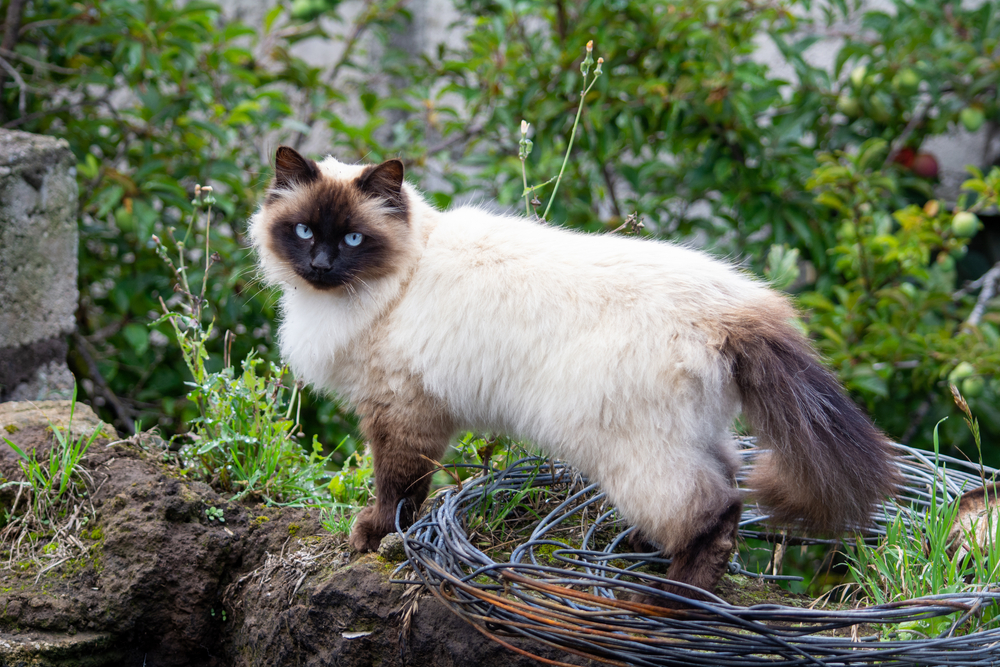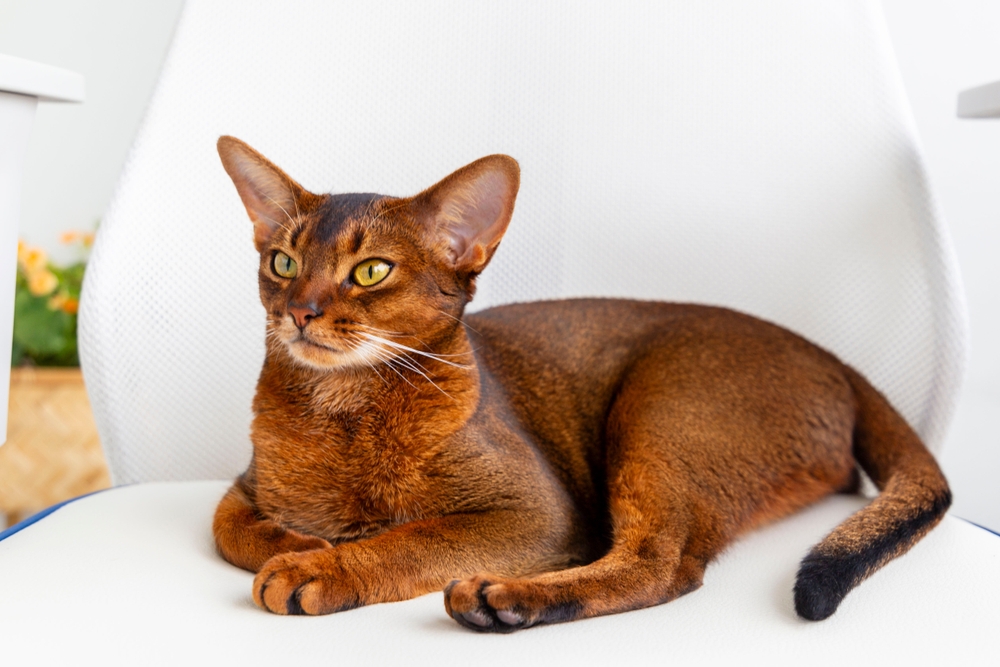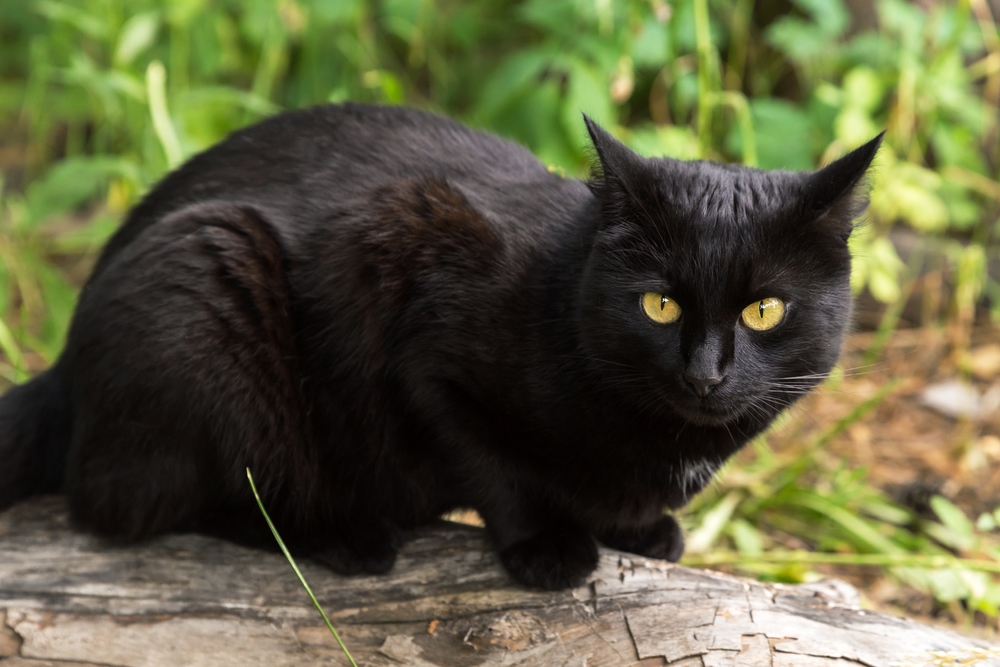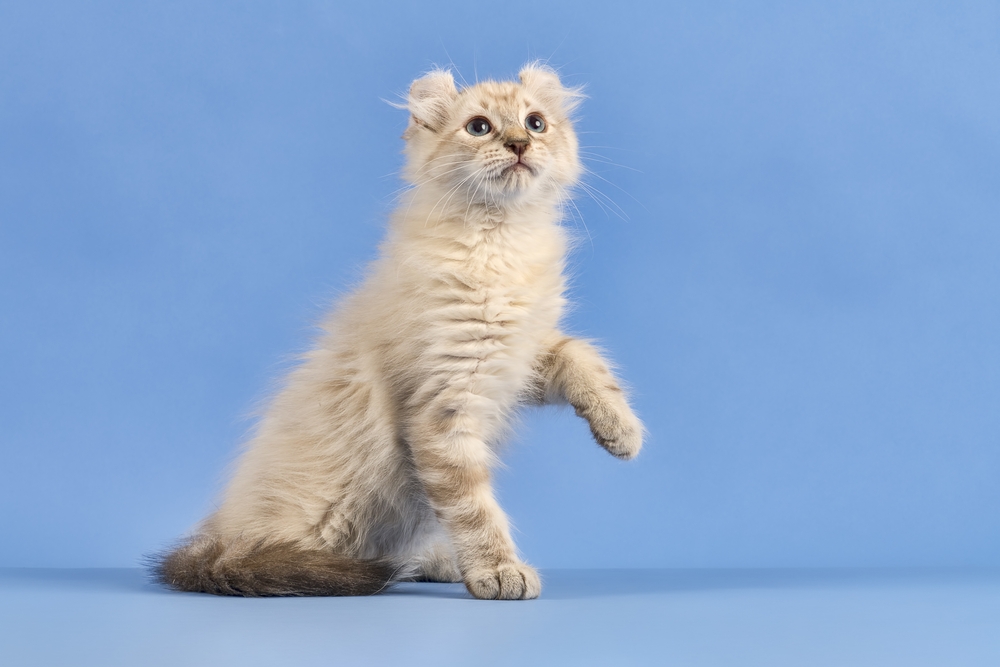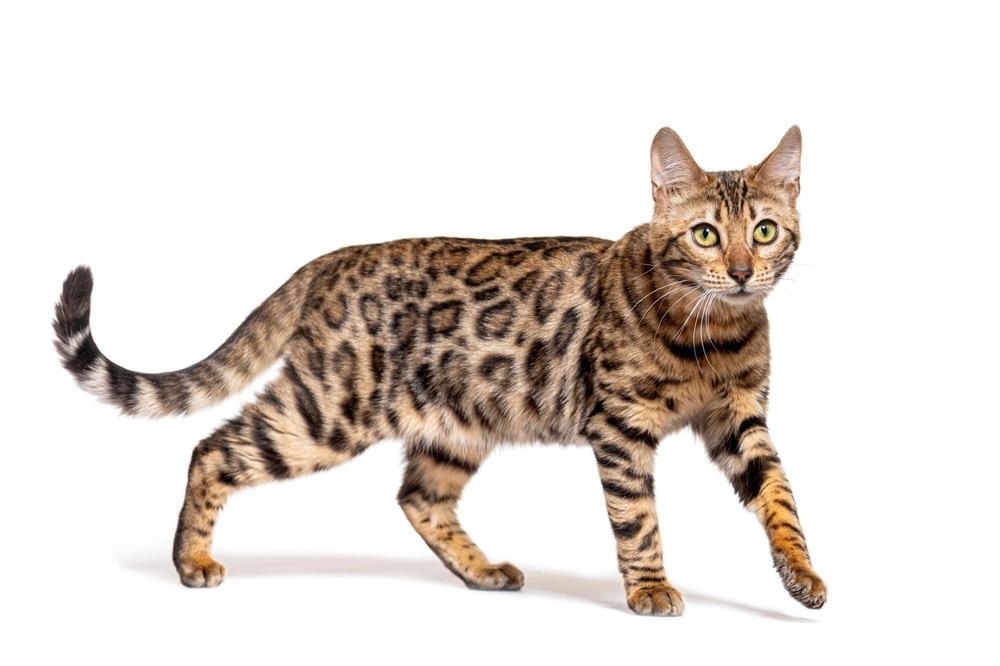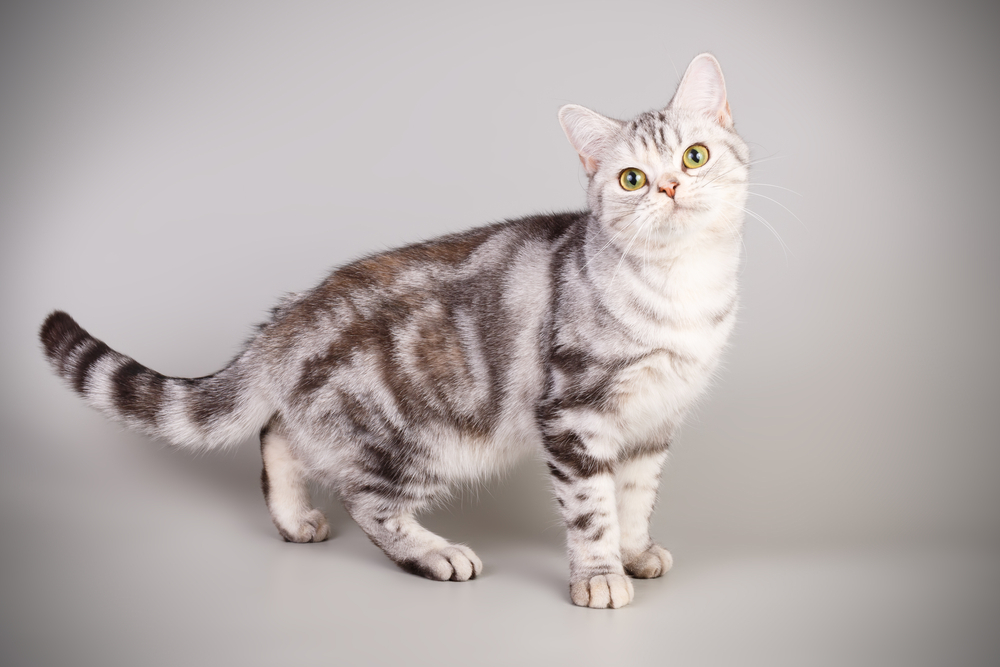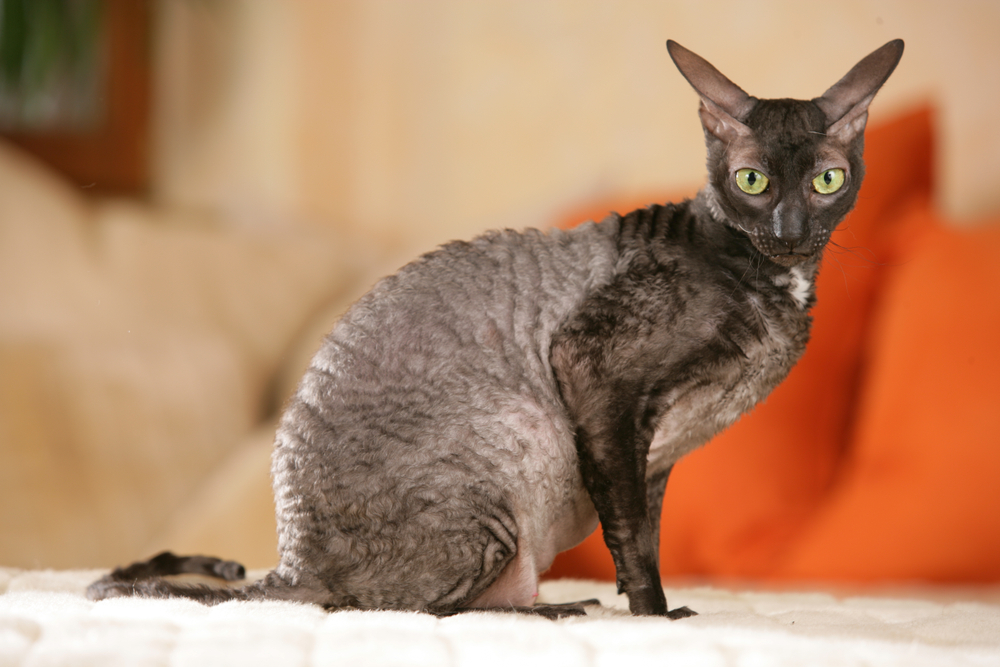The Himalayan is most closely related to the Persian (for its body type, coat, and gentle nature) and the Siamese (for its blue eyes and colorpoint pattern). In fact, it is essentially a hybrid breed combining the best features of both.
About
The Himalayan cat, often called the “Himmie,” is a luxurious and affectionate breed admired for its stunning looks and gentle temperament. This medium-to-large cat is characterized by a sturdy, cobby body, short legs, and a broad chest, giving it a solid yet graceful presence. Its most striking feature is the long, silky coat combined with the pointed coloration of the Siamese—darker shades on the face, ears, legs, and tail that contrast beautifully with a pale, creamy body. Large, expressive blue eyes further enhance the Himalayan’s beauty, giving it a sweet and captivating expression.
The Himalayan (Felis catus), belonging to the family Felidae, was developed in the United States and the United Kingdom during the 1930s through a deliberate cross between the Persian and Siamese breeds. Breeders sought to blend the Persian’s luxurious coat and calm temperament with the Siamese’s striking color points and vivid blue eyes. Recognized as a distinct breed by major cat associations in the mid-20th century, the Himalayan remains a favorite among cat lovers worldwide.
Typically weighing between 7–12 pounds (3.2–5.4 kg), the Himalayan requires regular grooming to maintain its long, flowing coat and prevent matting. Daily brushing is ideal, along with routine eye cleaning, as their flat facial structure can lead to tear staining.
Temperamentally, Himalayans are gentle, affectionate, and devoted to their families. They enjoy calm, quiet environments and are often content as lap cats, though they also have playful bursts of energy. They are generally good with children and other pets, as long as interactions are respectful and not overly rambunctious.
With their regal beauty, calm demeanor, and loving nature, Himalayan cats combine the best qualities of Persians and Siamese, making them cherished companions in homes that can provide both grooming care and affection.
Physical Characteristics
Coat: The Himalayan has a long, dense, and silky double coat, inherited from its Persian ancestry. It requires regular grooming to prevent tangling and matting. The coat features colorpoint patterns (like the Siamese), meaning the face, ears, paws, and tail are darker in color than the body. Recognized colors include seal, blue, chocolate, lilac, flame, cream, tortie, and lynx points.
Face: Himalayans have a broad, round head with full cheeks and a short, snub nose. There are two facial types:
-
Traditional (Doll Face): Longer nose, giving a more natural look.
-
Peke-Faced (Extreme): Very flat face, similar to show Persians, which can sometimes cause breathing and eye drainage issues.
Large, round, and expressive eyes are typically a brilliant blue, a hallmark of the breed.
Body: Medium to large in size, with a sturdy, cobby body type. They have a broad chest, thick neck, and short, heavy-boned legs, giving them a solid, well-balanced appearance.
Ears: Small, rounded at the tips, and set wide apart to complement the round head shape.
Tail: Short, full, and well-plumed, proportionate to the body, with long flowing hair.
Size:
-
Length: About 17–19 in (43–48 cm) from head to base of tail.
-
Height: Around 10–12 in (25–30 cm) at the shoulder.
Weight:
-
Adult Female: 7–11 lbs (3.2–5 kg).
-
Adult Male: 9–14 lbs (4–6.4 kg).
The Himalayan’s combination of a luxurious Persian-style coat, Siamese-style colorpoints, and striking blue eyes gives it one of the most elegant and recognizable appearances among cat breeds.
Reproduction
Mating and Courtship:
Himalayan cats usually reach sexual maturity at 6–10 months of age, though ethical breeders typically wait until at least 12 months before breeding. Females in heat show classic signs such as rolling, rubbing, and loud vocalizations, while males respond with pursuit and loud calls.
Breeding Season:
Like other domestic cats, Himalayans can breed year-round, but queens may cycle more often in spring and summer due to increased daylight.
Gestation:
Pregnancy lasts about 63–65 days (around 9 weeks).
Birth of Kittens:
Typical litter size is 3–6 kittens, though litters can range from 1 to 7. Kittens are usually born with lighter coats, and their point coloration develops gradually, becoming more defined as they mature.
Care and Nurturing:
Kittens are born weighing 3–4 oz (85–113 g), blind and completely dependent on their mother. Himalayan queens are generally attentive mothers, providing warmth, nursing, and grooming. Due to their flatter facial structure, some queens may need assistance during delivery.
Weaning and Social Development:
-
Eyes open between 7–10 days, revealing their signature blue eyes.
-
Walking begins at around 3 weeks.
-
Solid food is introduced by 4–5 weeks, with full weaning typically at 8–10 weeks.
-
Their long coats begin to fill in as they grow, with point markings becoming more pronounced.
Independence:
By 12–14 weeks, kittens are ready for adoption, having developed social skills, litter training, and proper grooming habits. Breeders usually keep Himalayan kittens until at least 12 weeks to ensure emotional and physical development.
The Himalayan’s reproductive cycle is typical of domestic cats, but their long coat and flat-faced features make kitten care especially delicate, requiring attentive breeders and owners to ensure healthy growth.
Lifespan
Lifespan in the Home:
Himalayans typically live 9–15 years, though many reach 15–18 years with excellent care, proper diet, and regular veterinary checkups.
Lifespan in Outdoor or High-Risk Settings:
Due to their long coat and flat face, Himalayans are poorly suited to outdoor living. Exposure to heat, cold, predators, and disease can shorten their lifespan to 5–8 years.
Factors Affecting Longevity:
-
Genetics: Himalayans are prone to some hereditary health concerns from their Persian lineage, including polycystic kidney disease (PKD), hypertrophic cardiomyopathy (HCM), and breathing or eye-drainage issues related to their flat facial structure.
-
Diet & Grooming: A balanced, high-quality diet and daily coat grooming are essential to prevent matting and maintain health.
-
Preventive Care: Regular vet visits, dental care, and monitoring for respiratory or kidney issues greatly extend quality of life.
-
Environment: Indoor living is highly recommended, with access to climate-controlled comfort and safe enrichment (toys, climbing posts, soft resting spots).
Notable Longevity:
With attentive care and screening for hereditary conditions, some Himalayans have lived 18–20 years, making them one of the longer-lived pedigreed cats when well managed.
The Himalayan’s luxurious coat, gentle temperament, and calm indoor lifestyle make them long-lived companions when provided with the specialized care they require.
Eating Habits
Diet:
Himalayans, like all cats, are obligate carnivores and require a protein-rich, meat-based diet. High-quality commercial cat food (wet, dry, or a combination) should meet their nutritional needs. Wet food is particularly beneficial for hydration, which supports kidney and urinary health—a key concern for this breed.
Feeding Frequency:
-
Kittens (up to 6 months): 3–4 small meals per day for steady growth.
-
Adults (6 months–10 years): 2 meals daily, portioned carefully to prevent overeating.
-
Seniors (10+ years): Smaller, more frequent meals, often with senior-specific formulas that support heart and kidney function.
Special Considerations:
-
Himalayans can be prone to obesity due to their calm, less active nature, so calorie monitoring is essential.
-
Their flat faces (brachycephalic structure) may make it harder for them to pick up food, so shallow bowls are recommended.
-
A diet with added omega-3 and omega-6 fatty acids helps maintain a healthy, shiny coat.
-
Consistent hydration is especially important to reduce the risk of kidney disease and urinary tract issues.
Treats:
Treats such as freeze-dried meat or small pieces of cooked poultry or fish can be offered sparingly, but should not exceed 10% of daily calorie intake.
Feeding Enrichment:
While generally calm cats, Himalayans still benefit from slow-feeding bowls or puzzle feeders, which can prevent overeating and provide light mental stimulation.
The Himalayan’s eating habits reflect its gentle and sometimes sedentary nature—they thrive on carefully portioned, protein-rich diets and require attention to feeding methods that accommodate their flat face and long-term health needs.
Uniqueness
Persian–Siamese Heritage:
The Himalayan is a cross between the Persian and the Siamese, combining the Persian’s long, luxurious coat and body type with the Siamese’s striking blue eyes and pointed color pattern.
Colorpoint Elegance:
Their most defining feature is the colorpoint coat, with darker shades on the face, ears, paws, and tail contrasting with a lighter body. This pattern makes them one of the most visually striking longhaired breeds.
Signature Blue Eyes:
All Himalayans have vivid blue eyes, a genetic gift from their Siamese ancestry, which adds to their exotic and regal look.
Luxurious Coat:
Their thick, flowing coat requires regular grooming, making them one of the most high-maintenance cat breeds in terms of coat care, but also one of the most glamorous.
Calm and Gentle Personality:
From the Persian side, they inherit a laid-back, affectionate, and lap-loving nature, making them perfect companions for quiet households.
Two Facial Types:
Himalayans can have either the traditional (doll-face) look, with a slightly longer nose, or the Peke-faced (extreme)look, with a very flat face. The latter is favored in show standards but may cause breathing and eye issues.
Rarity and Prestige:
Often considered one of the more “exotic” pedigreed cats, the Himalayan’s combination of Persian elegance and Siamese markings makes it a prized choice among cat enthusiasts.
The Himalayan’s blend of Persian grace, Siamese beauty, and a calm, affectionate temperament makes it one of the most unique and regal cat breeds in the world.
Be the First to Share Photos of This Species.
FAQ’s
1. What is the closest species or breed to the Himalayan Cat?
2. How does the Himalayan Cat compare to other cats?
Compared to other cats, Himalayans are more high-maintenance in grooming due to their long, dense coats. They are calmer and more laid-back than active breeds like the Abyssinian or Bengal, preferring quiet companionship and affection over constant play. Their combination of a luxurious Persian-like body with Siamese-style markings sets them apart visually from nearly every other breed.
3. What national parks or regions provide the best chance to see a cat resembling the Himalayan?
While there are no wildcats with long coats and pointed patterns like the Himalayan, their striking blue eyes and coloring resemble those of:
-
Snow leopards in Hemis National Park, India – large wild cats with pale coats and dark markings.
-
Pallas’s cats (Manuls) in Gobi Gurvansaikhan National Park, Mongolia – small wildcats with long, dense fur suited to cold regions.
-
Lynx species in Yellowstone National Park, USA – tufted, long-coated wildcats with lighter bodies and darker extremities.
These wildcats share aspects of the Himalayan’s look—luxurious fur, contrasting markings, or striking eyes—making them the closest natural parallels.



































































